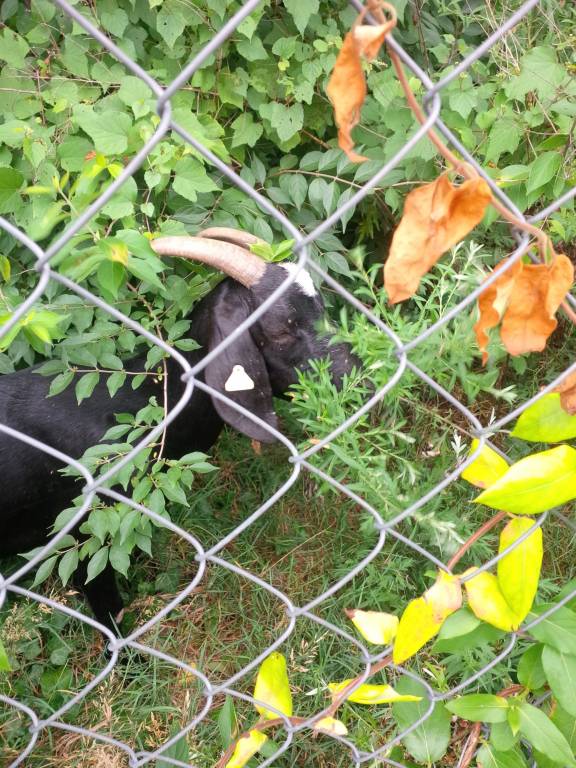This post was written by Sharon Jackson, an independent consultant.
Infectious diseases, especially those that have been controlled in countries with advanced economies but continue to threaten developing countries, pose a particularly difficult challenge in many areas of the world. Zoonotic diseases, infectious illnesses that originate in animals but are also transmissible to humans, are the sources of many infectious disease outbreaks among humans. Brucellosis, a vaccine preventable bacterial zoonotic disease transmitted from animals to humans by consumption of contaminated milk, imposes an immense burden of disease on people in the developing world, particularly in populations who rely on goats as the primary source of dairy products. In many regions of the world, goats are the single most important source of dairy protein. This burden can be reduced by vaccinating animals as appropriate to reduce disease among cows and goats, pasteurizing milk used for human consumption, and improving disease surveillance among milk producing agricultural animals. Governments that take a holistic, “one health” approach to disease control can improve health for both humans and domestic animals and achieve the economic benefits of improved animal productivity and food security as well as labor force participation.
Inadequacies in basic health system capacity for both animals and humans are a major factor in the persistence of neglected infectious diseases in the developing world. Misdiagnosis of brucellosis as one of the more common human febrile diseases and insufficient resources devoted to preventive services for animal and human health are some of the reasons why the disease continues to infect people in the developing world long after its virtual elimination in countries with advanced economies. Brucellosis causes long-term and debilitating symptoms, resulting in lost economic production and diminished quality of life. While treatment does reduce the symptoms and adverse effects, it does not eliminate the possibility of relapse. Also, treatment does not address the loss of productivity in the infected animal source (reduced milk yield and loss of the fetus in pregnant goats), nor does it address the risk of disease exposure to other humans or animals from infected livestock since livestock can remain chronically infected over a long period of time.
As a practical matter, brucellosis is not likely to be eliminated because the disease exists in multiple species and can spread to animals that are not the natural host for the disease. Additionally, control of the disease by euthanizing infected animals is not practicable because in less developed countries, goats provide valuable agricultural services, most importantly the removal of noxious and undesirable weeds from farmland. Since goats do not require grass pastures or purchased feed, they are a more cost effective source of milk for human consumption than cows. Given a low resource setting, vaccination of susceptible animals with active surveillance for signs of the disease is a more optimal approach to eliminating the risk of brucellosis infection among both animals and humans. In concert with accurate diagnosis and effective treatment of human cases, it is the most effective measure to prevent infection in both populations and it also provides the greatest assurance for animal health. The control of brucellosis in developed countries was accomplished by using such practices and similar results are possible in the developing world.
Latest
India and the IHR Amendments: Strengthening Legal Preparedness for Global Health Security
Kashish Aneja Lawrence O. Gostin Sam Halabi




